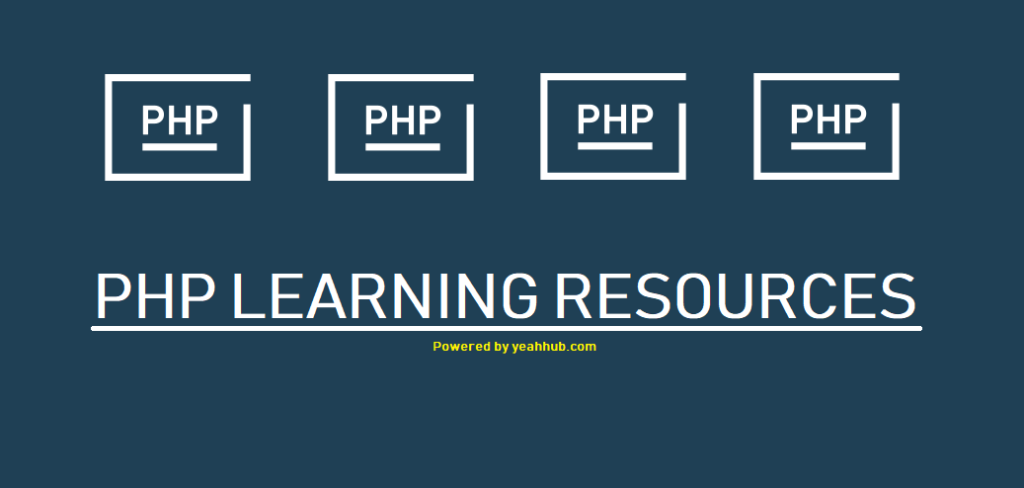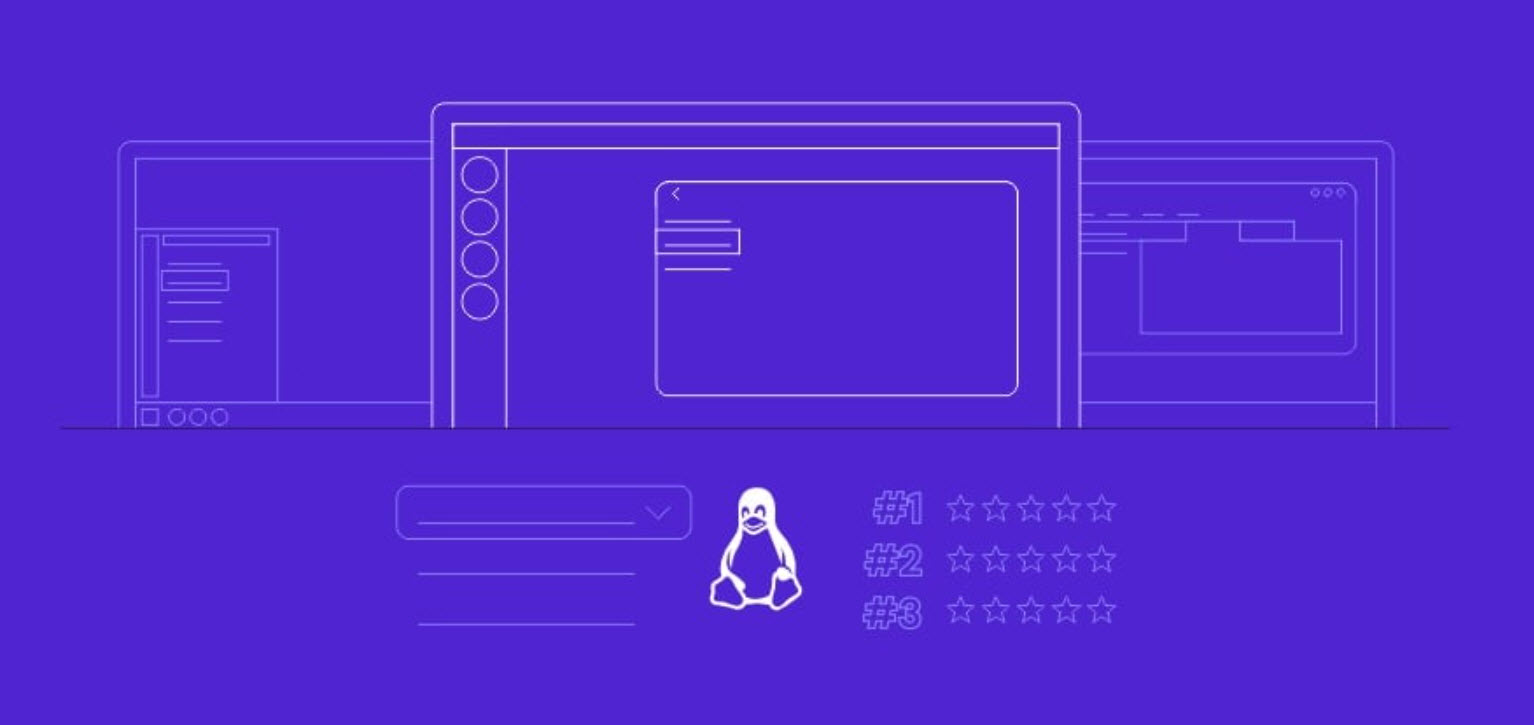
PHP, which stands for PHP Hypertext Preprocessor, is a server-side embedded scripting language. In non-technical terms: a PHP processor is run on the server (Windows, or a flavor of UNIX). When a page is requested that contains PHP, the processor translates and executes all the commands in the page, and then outputs the result to the browser as regular HTML. Because this translation occurs on the server, a page written with PHP is viewable with any browser, on any operation system.
Like most other scripting languages, PHP can be embedded directly into HTML. PHP code is separated from HTML by Start and End entities. When a document is parsed, the PHP processor only interprets the demarked areas, and outputs the results in the same position.
Ironically, PHP also includes the ability to almost completely separate code from HTML. For larger, collaborative projects this method is ideal because it allows designers to work on the layout of the page without interfering with the code aspects.
Writing PHP applications is pretty easy. Most people grasp the syntax rather quickly and will within short time be able to produce a script that works using tutorials, references, books, and help forum forums like the one we have here at Yeahhub.
- Official PHP manual – https://secure.php.net/manual/en/index.php
- Famous W3Schools Platform – https://www.w3schools.com/php/default.asp
- Ideal PHP Reference Material – http://www.tizag.com/phpT/
- PHP 101 For Beginners – https://devzone.zend.com/6/php-101-php-for-the-absolute-beginner/
- Practical PHP Programming – http://www.hackingwithphp.com/
- PHP For Beginners – https://www.killerphp.com/tutorials/object-oriented-php/
- PHP Articles/Tutorials/Scripts – http://www.phpbuddy.com/
- A kind of PHP Cheatsheet for Advanced Users – http://overapi.com/php
- PHP YouTube Channel Since 2009 – https://www.youtube.com/user/phpacademy
- An Interactive PHP Learning Platform – https://www.learn-php.org/
- PHP Video Tutorials Compilation – http://www.developphp.com/video/PHP
- Basic PHP Tutorials – http://html.net/tutorials/php/
- PHP Compilation Courses – https://www.sololearn.com/
- Largest Platform for Learning – https://www.codecademy.com/
The problem is that most people forget one of the most important aspects that one must consider when writing PHP applications. Many beginners forget the security aspect of PHP. Generally, your users are nice people, they will do as they are told and you will have no problem with these people whatsoever. However, some people are not quite as nice. Some people are outright malicious and are seeking to do damage on your website. They will scrutinize your application for security flaws and exploit these holes. Many times the beginner programmer did not know that these things would even be a problem and therefore it might be a problem to fi x the holes.
Read More: Develop Secure PHP Applications with PDO Statements
You may also like:- Top 7 Commercial Linux Distributions
- Why Do I Need a Website?
- Reinforcement Learning in Real-world Applications: The Latest Successes and Challenges
- Various Python Libraries for developing RESTful APIs
- Top 7 NodeJS Frameworks You Need To Know
- How Buying Instagram Followers Can Help Businesses Soar
- How To Find Gaps In Your Cybersecurity And How To Address Them
- How to close the site from indexing using robots.txt
- Internet Security With VPN – Why Do You Need It
- How to Fix The DLL Missing Error in Windows 7?








